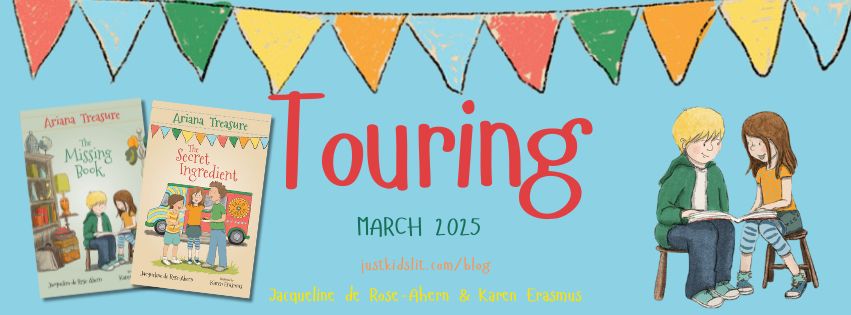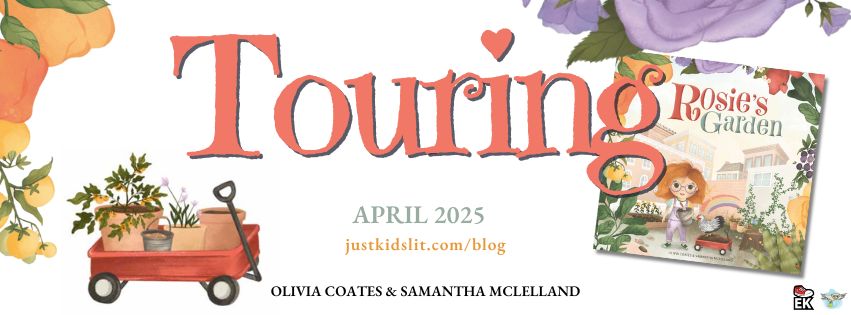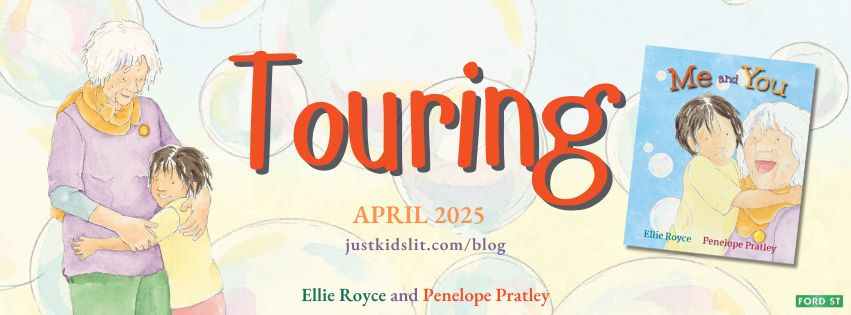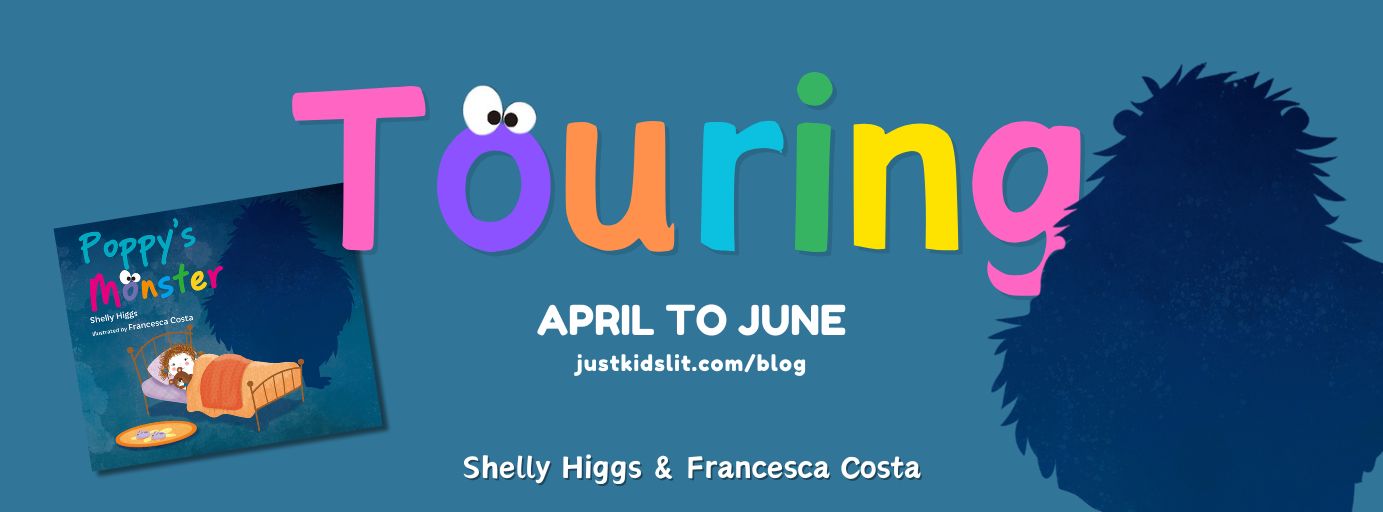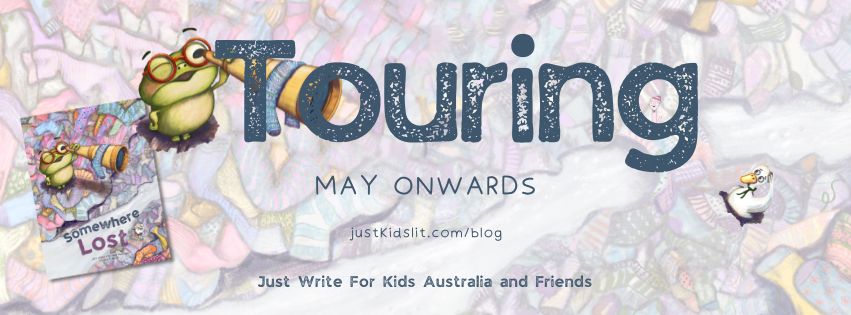Pashmina, Nidhi Chanani, Macmillan, 2017
From the publisher: Priyanka Das has so many unanswered questions: Why did her mother abandon her home in India years ago? What was it like there? And most importantly, who is her father, and why did her mom leave him behind? But Pri’s mom avoids these questions—the topic of India is permanently closed.
For Pri, her mother’s homeland can only exist in her imagination. That is, until she finds a mysterious pashmina tucked away in a forgotten suitcase. When she wraps herself in it, she is transported to a place more vivid and colourful than any guidebook or Bollywood film. But is this the real India? And what is that shadow lurking in the background? To learn the truth, Pri must travel farther than she’s ever dared and find the family she never knew.
In this heartwarming graphic novel debut, Nidhi Chanani weaves a tale about the hardship and self-discovery that is born from juggling two cultures and two worlds.
I grew up in a very small town, on the North-West coast of Tasmania. I went to school at a high school in the “big city” close by (I’m using air quotes here. At the time when I went to school there, in the nineties, this “city” was home to around 18,000 people).
It was a small country town, really and, in Australia, small country towns – at least back then – were overwhelmingly white. Almost all of my friends were white, with the exception of a couple of Aboriginal kids. None of my friends spoke a language other than English at home.
There was one girl of Filipina background, one boy of Greek-Indonesian descent, and one boy of Indian heritage in my year.
And that was it.
In a year group of over a hundred kids.
And even these kids didn’t talk about their backgrounds. Assimilate was still the word of the time.
Interestingly, those three kids were some of the most popular students in the year (which is probably why they weren’t my friends); as if being of a different background meant you tried even harder to be cool and liked. To fit in.
Contrast this with my daughter’s primary school. In my daughter’s class, every year she has been at her school, I would estimate that approximately half the class is from non-white, non-English-speaking backgrounds. We also live in an inner-city area, close to a university and with big migrant communities. Being surrounded by people who don’t look like her has been her normal since she was born.
And “assimilate” is no longer the word of the day.
The school celebrates the diverse backgrounds of its students, and my daughter is constantly coming home with stories told to her by her friends, of their communities and homelands.
I love how proud these kids are of their heritage.
In contrast, at the beginning of Pashmina, a delightful graphic novel by Indian-American author, Nidhi Chanani, Priyanka strives to fit in and shed her Indian heritage like the pashmina of the title. She calls herself “Pri” and has no desire to learn about her ancestral home. This works for her mother who, for reasons she is unwilling to share, does not want to talk about what life was like for her in India.
Both women are forced to move past their feelings and begin the conversation about real life in India (and the imagined ideal), when Pri finds a magical pashmina in an old suitcase that allows her to travel to the India of Bollywood films and of dreams.
But there is a shadowy figure, haunting these vibrant dreamscapes.
Who is she? What is the pashmina, really? And what do these visions have to do with Pri’s family’s past, present and future?
An unexpected family problem seems to provide the key to all these answers, as Pri is sent to India to visit her mother’s estranged sister. What she finds in the India of today is vastly different from the one in her dreams.
But it’s no less magical.
I thoroughly adored this book. It is a coming-of-age story, as well as a coming-to-self story, as Pri becomes Priyanka and makes peace with, and begins to love, her Indian roots.
I am so glad that books like this exist now, and in plenty. I am glad that all my daughter’s friends can see themselves in literature and have their pride in their own identities strengthened. We need more of these stories. I particularly love that there are so many in graphic novel format – both so reluctant readers might more easily find them, and so readers can actually see themselves in the characters. This one is beautifully illustrated – black and white illustrations contrasting with vivid colour, to show Priyanka’s American life and her dream one in India.
I wish that those three kids in my year who did not see themselves anywhere, in our small town, had had stories like this one.
I hope they’re not too “grown up” to read them, now.







